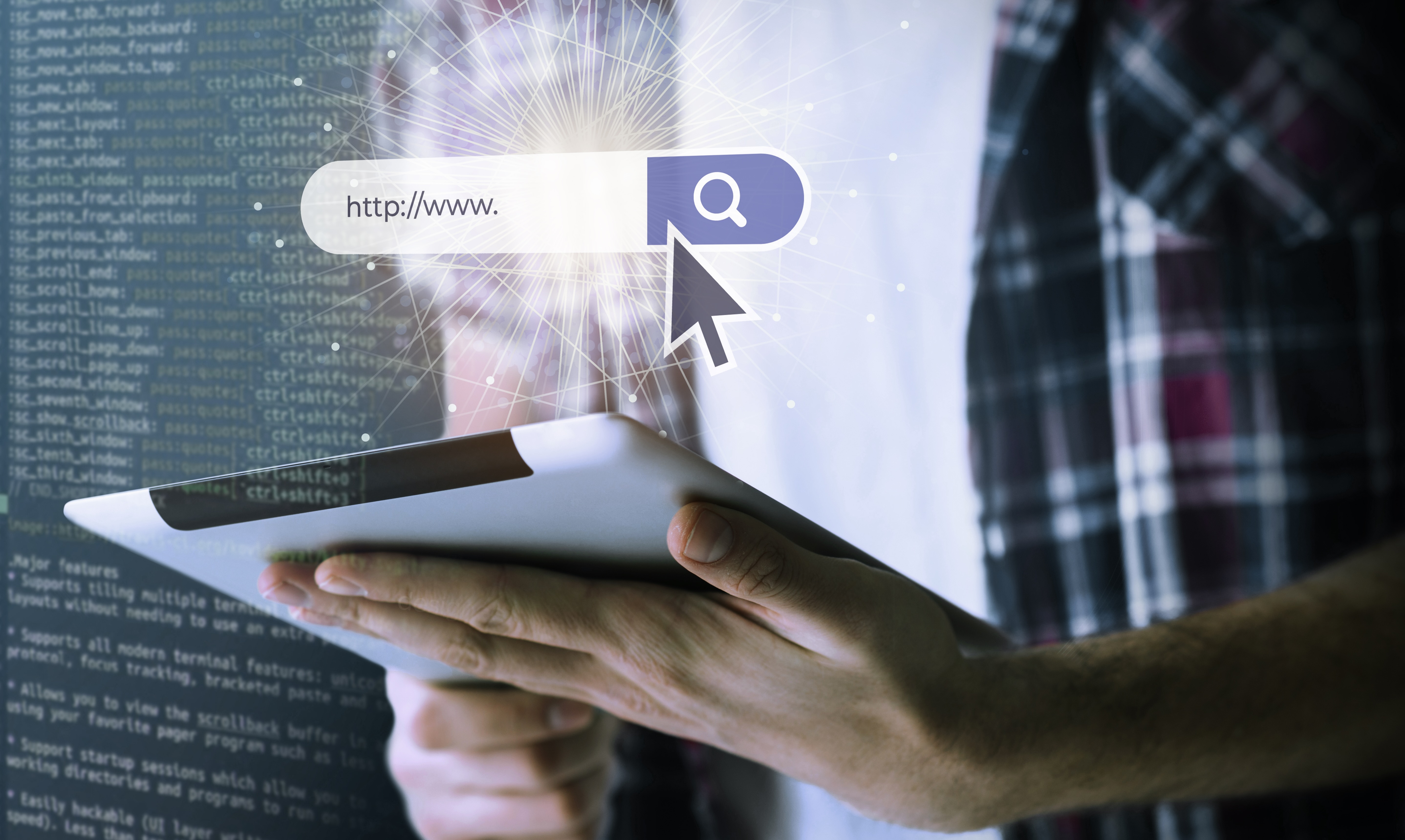Spotify has confirmed that it removed 75 million tracks in the past year as part of a crackdown on AI-generated spam, deepfakes, and fake artist uploads. The purge, almost half of its total archive, highlights the scale of the problem facing music streaming.
Executives say they are not banning AI outright. Instead, the company is targeting misuse, such as cloned voices of real artists without permission, fake profiles, and mass-uploaded spam designed to siphon royalties.
New measures include a music spam filter, stricter rules on vocal deepfakes, and tools allowing artists to flag impersonation before publication. Spotify is also testing the DDEX disclosure system so creators can indicate whether and how AI was used in their work.
Despite the scale of removals, Spotify insists AI music engagement remains minimal and has not significantly impacted human artists’ revenue. The platform now faces the challenge of balancing innovation with transparency, while protecting both listeners and musicians.
Would you like to learn more about AI, tech and digital diplomacy? If so, ask our Diplo chatbot!










